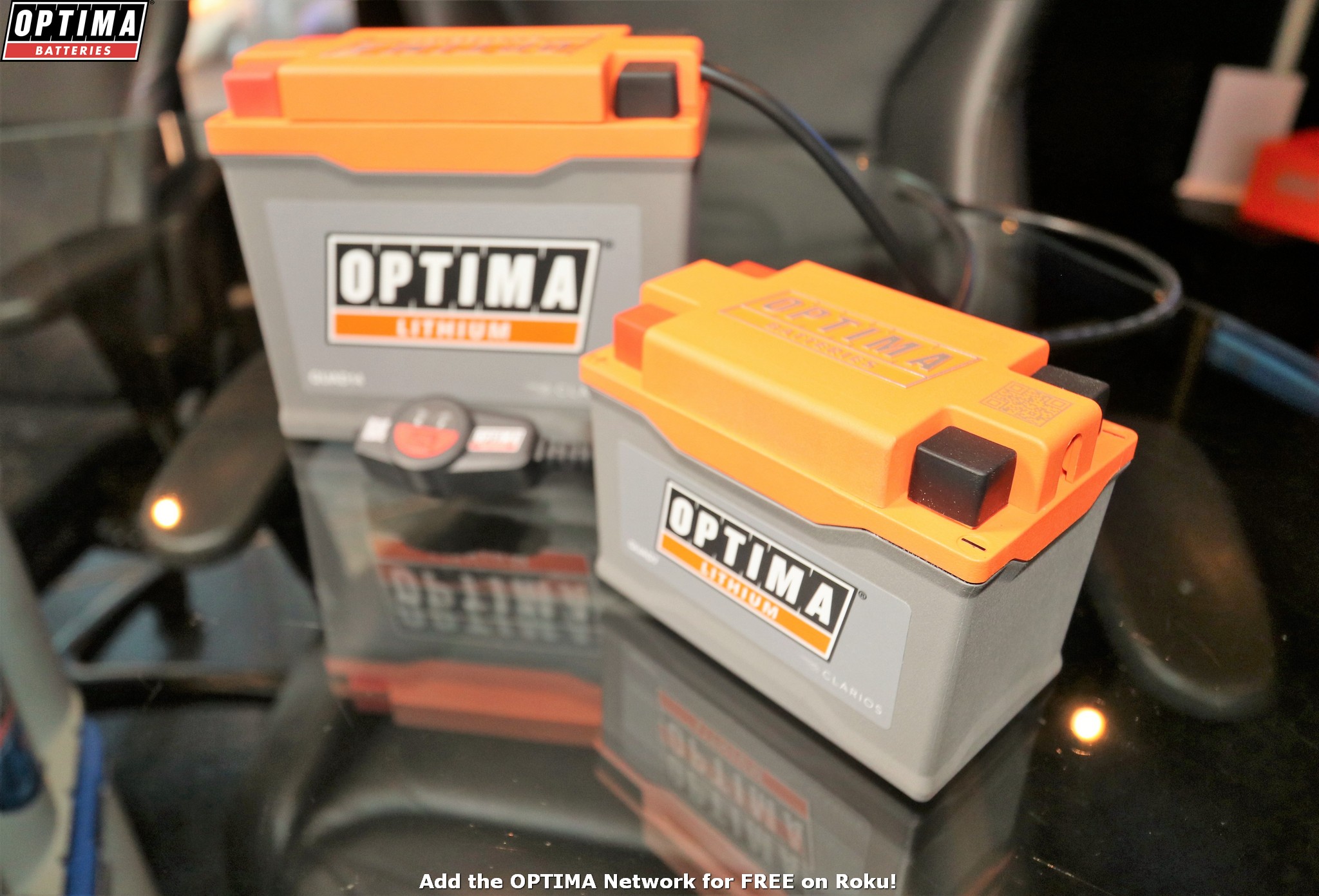Does OPTIMA make a Battery for a Waverunner?

- Sponsor
- OPTIMA Batteries
- Location
- Lake County, FL


Do you have questions about your battery or OPTIMA batteries in general? We have a toll-free number, with people waiting to help- 888-8OPTIMA. You can also e-mail us at info@optimabatteries.com. Today's question comes from Tim, who asks, "What is the best OPTIMA battery for a jetski or waverunner?"
A powersports battery for waverunners, jetskis and motorcycles was probably our most-requested product of the last 20 years and we're excited that as of June 2023, OPTIMA will now be offering ORANGETOP powersports batteries in six different sizes, that will cover more than 95% of the market!
Our second question comes from Gordon, who asks, "How can I tell how old my REDTOP battery is? There is a stamp on the side of the battery that says 4258."
Gordon, batteries that have that code are stamped at our distribution center. The first number indicates the year (4=2004) and the next three numbers (258) indicate the day of the year it was stamped, which was Tuesday, September 14th. The serial numbers on our batteries also start in similar fashion and are placed on our batteries at the factory, so the serial number on batteries being produced on August 24, 2020 will start with "0236".
Our third question comes from Bill, who says, "I'm running a drag racing bracket car, "total loss" (no alternator). I'm running two REDTOPs and I've been told to switch to either one YELLOWTOP or BLUETOP, due to the deep-cycle ability for total loss. We put a charge on the batteries after each run. Please give me your recommendation."
Bill, we wish every racer asked about what kind of battery they should be running if their vehicle does not have an alternator. Nearly every trip we've ever made to any racetrack, we've come across racers using SLI (starting/lighting/ignition) batteries in applications that should have batteries designed for deep-cycling, like our YELLOWTOPs or BLUETOPs with light gray cases. When selecting a battery for your race car, you need to determine how many cranking amps your engine requires. If you will be deep-cycling your battery, you'll need to select a battery (or batteries) that meets the demands of your specific application.
We should also mention that even though our batteries have a “sealed” design, all lead-acid batteries can vent gas. Under normal operating conditions, an AGM battery will not vent gas. Since alternators or chargers can fail, the safest and correct mounting method for trunks and passenger compartments is to make sure that any possible gas venting will escape to the outside of the vehicle. All vehicles with original equipment battery locations in trunks or passenger compartments will have a vent provision that should be used.
Our group 27, 51, 78, DS46B24R, 34C, 31, DH5, DH6 & DH7 batteries all have ports for connecting a vent hose. Although people do it anyway, we would never recommend installing an un-vented battery in any enclosed space, because there’s a legitimate, albeit unlikely, safety risk involved.
For example, IF there is a voltage regulator failure, and IF the battery is severely overcharged, and IF this goes unnoticed, and IF the battery vents because the internal pressure exceeds the release pressure of the vents, the gasses are both flammable and toxic. This may sound like a lot of “ifs,” but attorneys and engineers get paid to plan for every worst-case scenario.
Thanks for stopping by the Power Source, we hope the information we've provided is useful and that you come back and visit us often!
